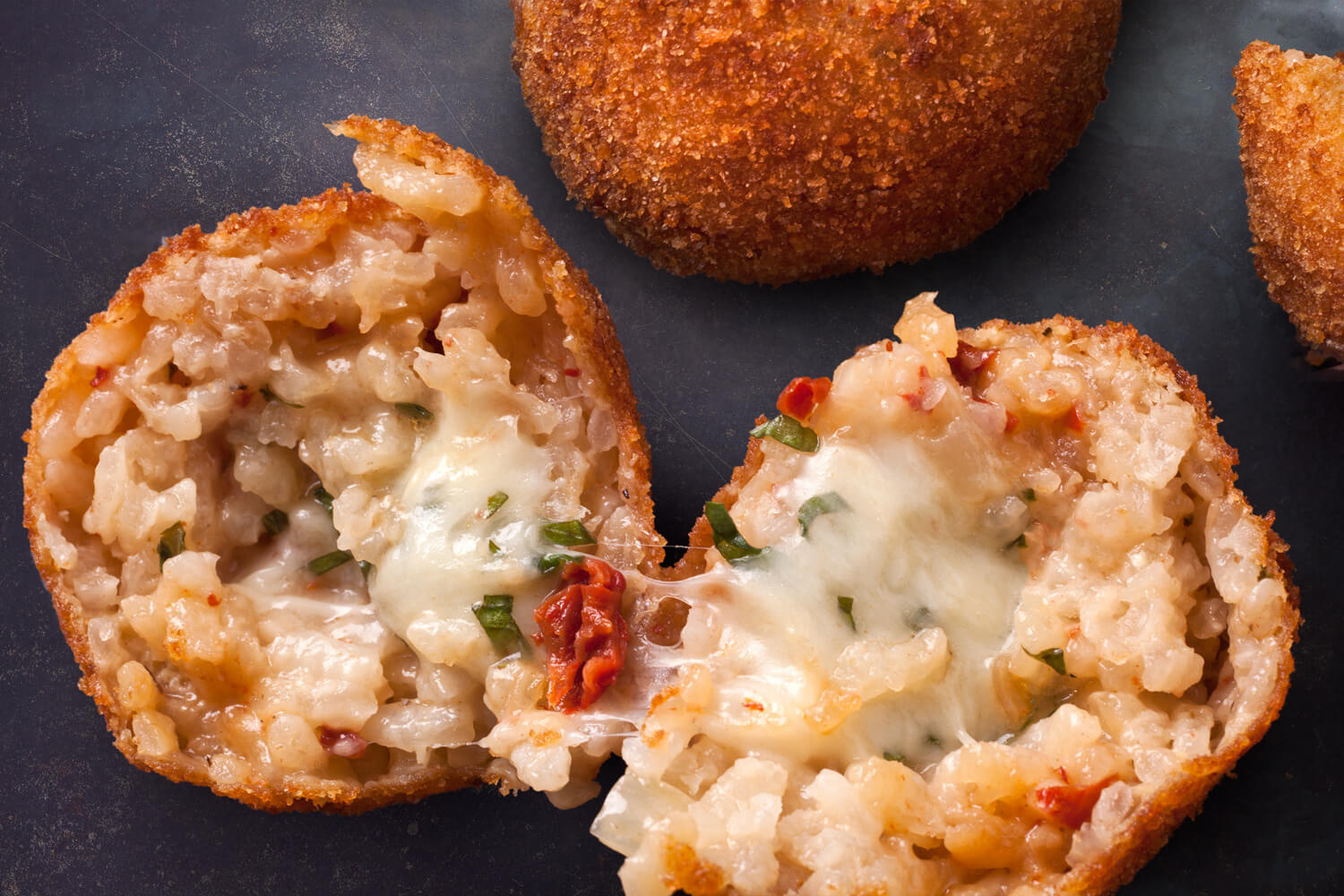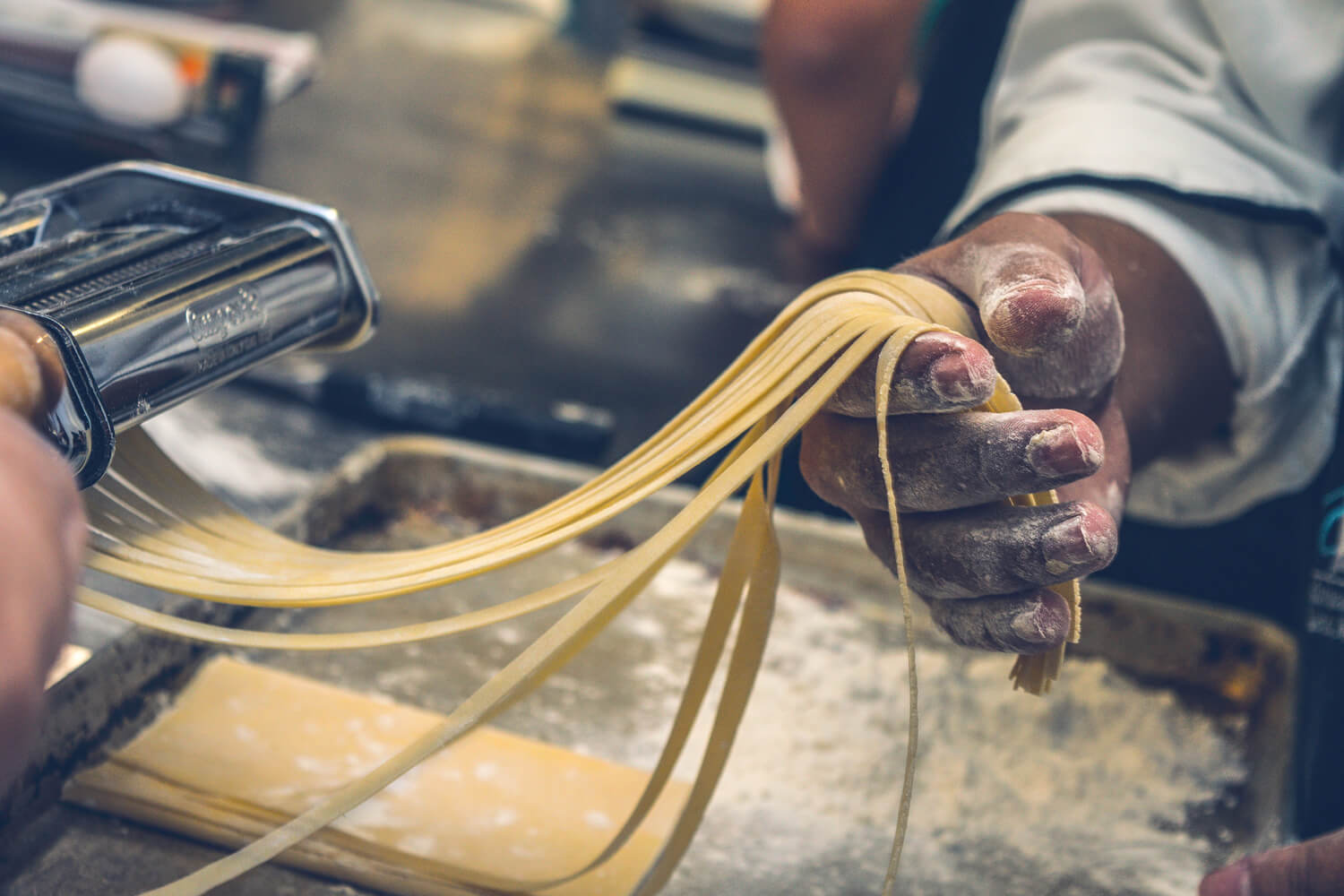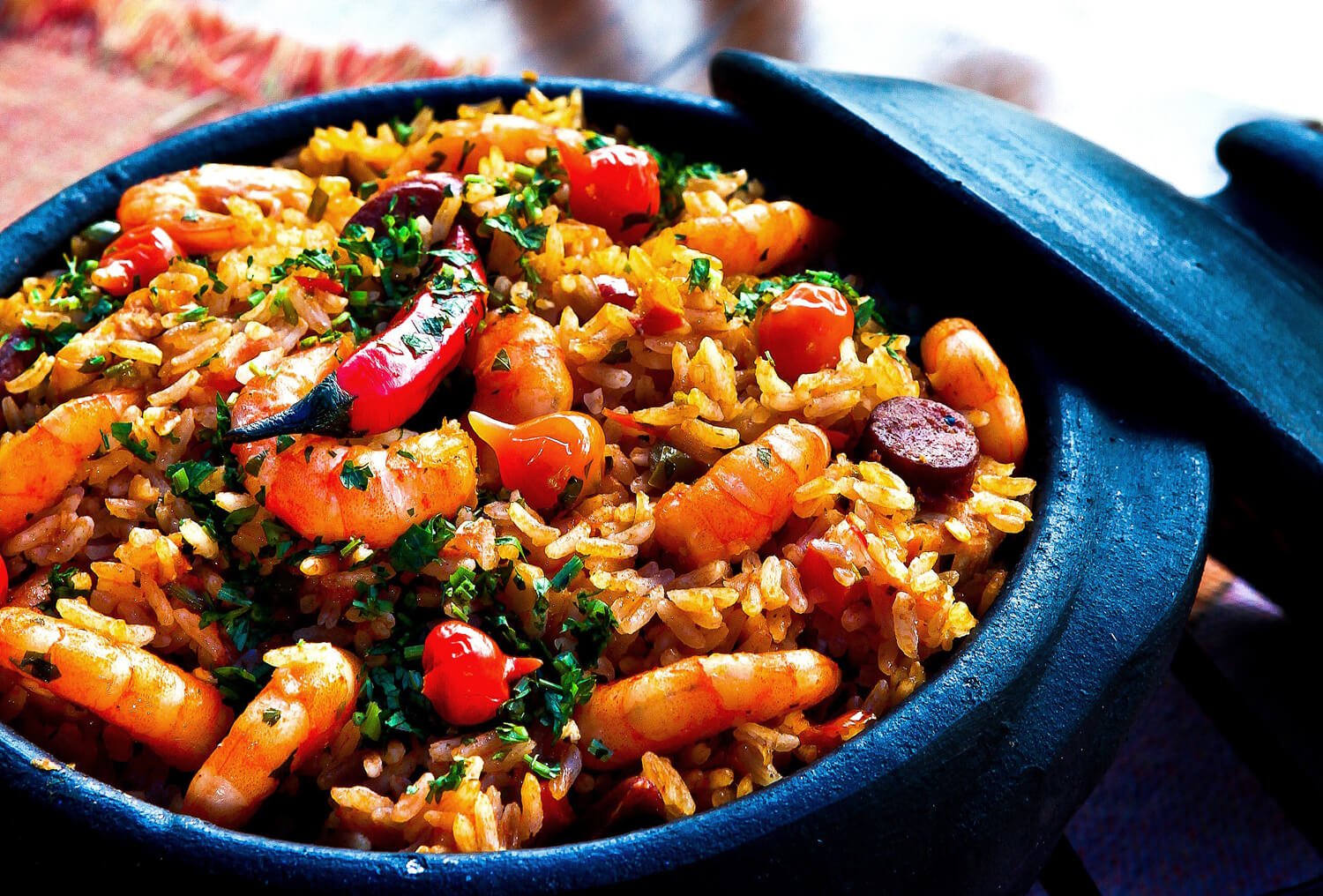The Best Way to Learn About Any Local Culture When Traveling
‘Food is the simplest way for me to learn about another culture,’ says Andrew Zimmern, host of the widely popular TV program Bizarre Foods. “Share a meal with folks and it will change your life, as you see what real people are thinking and feeling.”
Uncovering history through food
Bite into the arancini, and you’ll discover that beneath its crisp, golden exterior is a savoury filling of minced meat. Rich in flavours, this Italian dish of stuffed rice balls contains fillings of ragù (minced meat) and cheese, is coated over with bread crumbs and deep fried.

Raise a question about its origin however, and this traditional dish can quickly turn into a topic for debate – particularly among the Sicilians.
In Palermo, arancini is rounded in shape, has a feminine name (arancina), contains rice cooked with saffron and has fillings of ragù and cheese, often without tomatoes. But in Catania, it takes on the form of a cone (said to be inspired by Mount Etna), has a masculine name (arancino), contains ragù with tomato sauce (a really yummy lava).
While both versions are equally tasty, each region claims to be have come up with the original recipe.
This is just one example of how food is, and has always been a way into a country’s history and culture. A seemingly simple pasta making class in Rome can be so much more than a cooking lesson; it’s a tactile experience that gives you a feel (and taste) for a country’s culture.

Same goes for enjoying a truly Roman feast overlooking the Vatican City or tasting the delicious fresh fish caught by a real Venice seaman.
Listening to your host as he carefully explains the origin of each ingredient and shares the best of his knowledge of the food traditions of the Romans or Venetians, you’ll not only uncover new insights, but also develop a new found appreciation for a dish you’ve probably eaten many many times.
Food sheds light on our values and way of life
The food we eat also tells us a lot about who we are. It sheds light on values that are important to a culture, and reveals the perspectives and way of life of its people.
For the Chinese, food is representative of the strong sense of community prevalent among its people. Chinese families dining together do not eat from individual plates, but share their food from communal dishes.
For the French, food is pleasure; cooking and eating are both activities to be enjoyed, and mealtimes are relaxed, leisurely affairs. Eating fast and on-the-go, such as grabbing a take out – a common practice in America – isn’t part of the culture.
In Italy, food conveys many things – love, warmth, nutrition, history and pleasure – and the Italians talks about food almost all the time, often with staunch local pride. In fact, Italian scholar Elena Kostioukovitch even wrote a book on it, aptly titled Why Italians Love to Talk About Food.

And in Spain, eating and drinking are social affairs; people rub shoulders in cafes, tapas bar hopping is a common way to enjoy the evening and eating with the locals such as lunch over home-made paella are eventful experiences made all the more memorable by the warm Spanish hospitality of your dining companions.
Culture is a reflection of food, and vice versa
But it’s not just about what we eat; the way we eat and how we prepare our food also tells reveals much about our culture.
This sentiment is echoed by Zimmern, who sums up how culture is a reflection of food, and vice versa in an interview with Travel Channel:
“In America, we are extremely wasteful and often ignorant of the world around us. For example, we are the only culture in the world to rip the heads off shrimp and sell them and eat them without. That’s where all the flavor is. So obviously we eat for speed and convenience. Eat shrimp in America and you will learn a lot about us. Eat them in Japan where they trim the tails with a scissors. They arrange them on a plate and serve the heads as a second course to call out their importance. You learn the nature of Shinto and respect in their culture.”
This is true of food cultures all around the world: a typical dinner party in Paris, where well-loved classics like boeuf bourguignon (slow-cooked beef stew) and hachis parmentier (a dish similar to cottage pie) are given a modern twist is representative of the city’s vibrant culture and contemporary cooking scene.
And in Singapore – a city with a reputation for being a foodie paradise – there is an incredible hawker food scene; the mind-boggling diversity of stalls and cuisines you’ll find in a single hawker centre is a reflection of the melting pot of cultures found within the cosmopolitan city.
Do you really want to experience a local culture?
Take a break from taking selfies in front of tourist landmarks and start exploring the local cuisine.
Immerse yourself in the local culture by breaking bread with locals.


